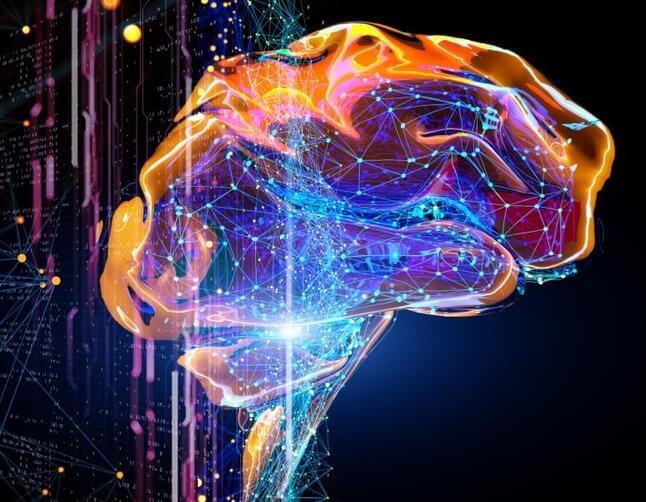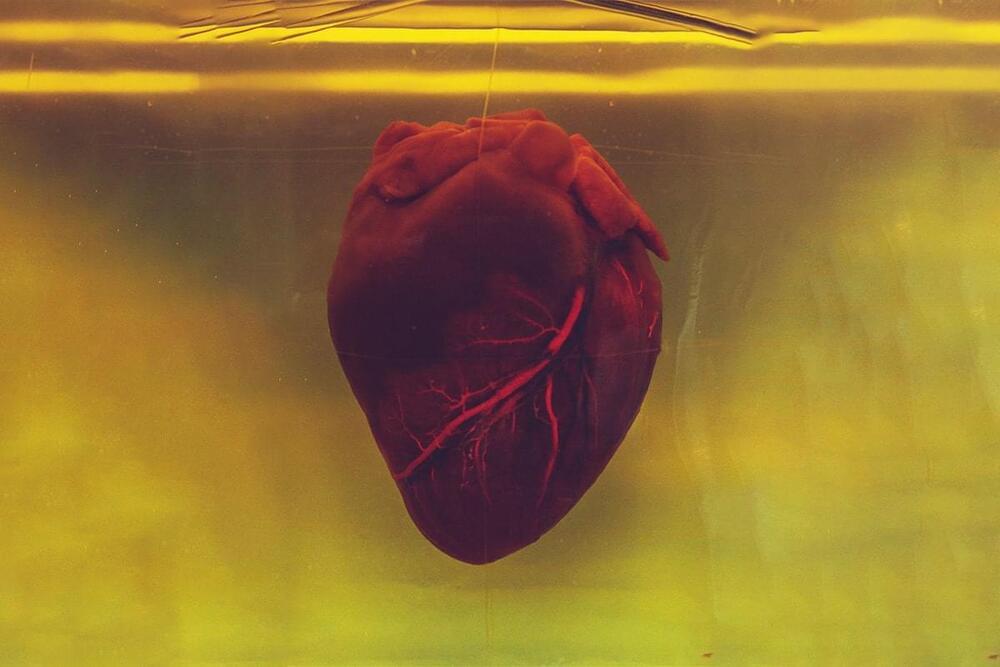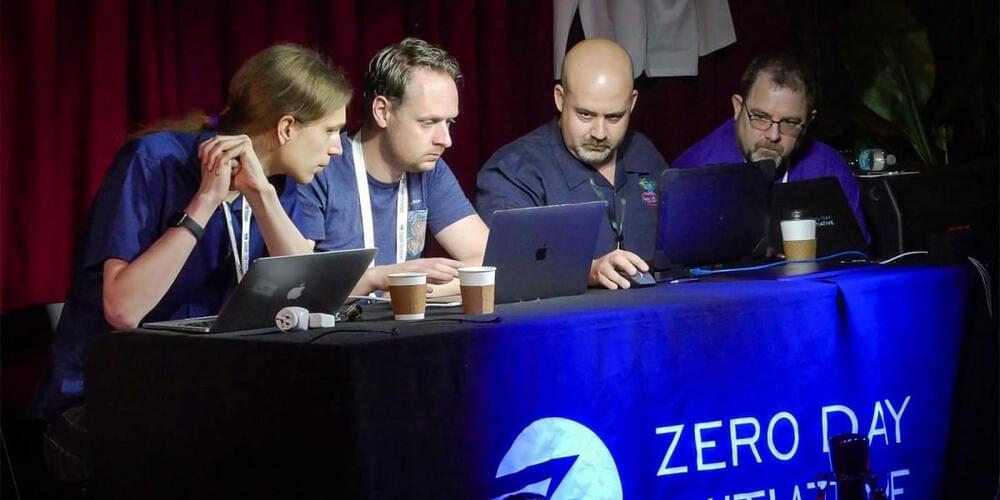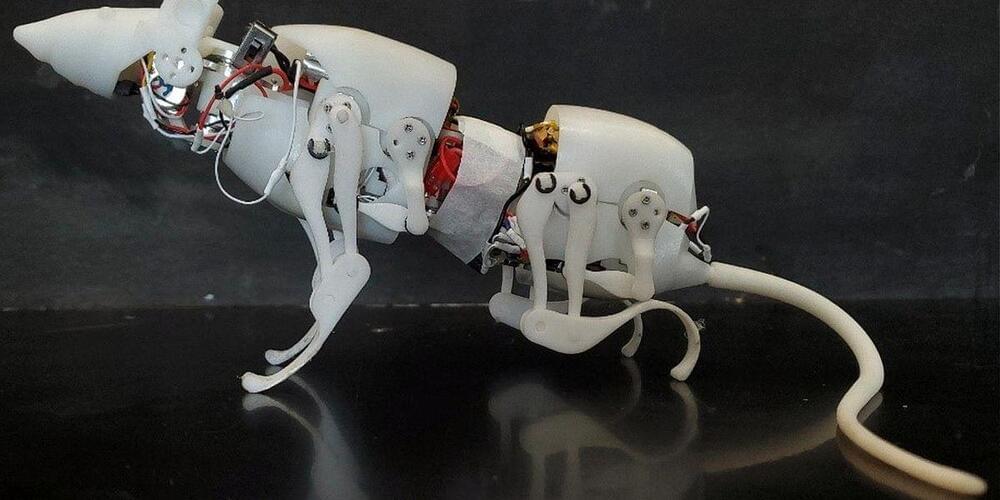The shift towards ML-driven efficiency is changing the way founders and creators think. Learn to embrace an ML-first mindset from day one.



Bart Blommaertsif it helps. But don’t cut internet cables with that thing!!
Andreas StürmerFinally. Is it going to be a rail or car tunnel?
Eric KlienAdmin.
Andreas Stürmer Rail.
Jose Ruben Rodriguez Fuentes shared a link.
A team of researchers at the University of Manchester has created a molecular motor that consumes chiral fuel to drive rotation around a single covalent bond. In their paper published in the journal Nature, the group describes their work in developing a chemically powered directionally rotating motor and why they believe their efforts will result in similar systems being developed with other materials.


CARMAT, the developer of the world’s most advanced completely artificial heart has successfully raised €40.5 million in funding. The raise is set to finance the production of their Aeson artificial heart, which the company hopes will provide an alternative treatment option for people with heart failure – a condition affecting around 6.2 million adults in the US alone [1].
Longevity. Technology: Beating around 100,000 times per day, your heart works around the clock to keep your circulatory system ticking. The steady sound of your heartbeat is a comforting constant throughout your life. Forming the centre of the circulatory system, the heart continuously pumps blood around the body to deliver oxygen and nutrients to cells. Due to this constant work, our hearts can unfortunately wear out as we age, with cardiovascular diseases continuing to be the leading causes of death globally [2].
End-stage heart failure is a serious condition that occurs when the heart can no longer transport blood throughout the body effectively. It most often affects the left chamber of the heart, which pumps oxygen-rich blood around the body, leading to biventricular heart failure. Vital organs like the brain, liver and kidney fail to get enough oxygen and nutrients to function properly. With few treatment options, end-stage heart failure sometimes requires serious intervention like heart transplantation – considered the gold standard therapy. However, due to the global shortage in organ donors, this is not always possible and there is a gap for a therapeutic alternative that could have huge implications for longevity globally.

Ron FriedmanThink outside the box. Most people don’t need a car for the sake of having a car.
Most people need a comfortable, quick and cheap way of going from A to B. So, Robotaxi could be the ideal solution for most people most of the time.… See more.
Jerry AndersonProbably not, because new batteries that contain other elements, I think they are saying Sulfur-Lithium batteries are more efficient last longer, and don’t require recharging as often… There are bound to be other breakthroughs.
4 Replies.
View 3 more answers.
Shubham Ghosh Roy shared a link.
Controlled activation of water molecules is the key to efficient water splitting. Hydrated singly charged manganese ions Mn+(H2O)n exhibit a size-dependent insertion reaction, which is probed by infrared multiple photon dissociation spectroscopy (IRMPD) and FT-ICR mass spectrometry. The noninserted isomer of Mn+(H2O)4 is formed directly in the laser vaporization ion source, while its inserted counterpart HMnOH+(H2O)3 is selectively prepared by gentle removal of water molecules from larger clusters. The IRMPD spectra in the O–H stretch region of both systems are markedly different, and correlate very well with quantum chemical calculations of the respective species at the CCSD(T)/aug-cc-pVDZ//BHandHLYP/aug-cc-pVDZ level of theory. The calculated potential energy surface for water loss from HMnOH+(H2O)3 shows that this cluster ion is metastable. During IRMPD, the system rearranges back to the noninserted Mn+(H2O)3 structure, indicating that the inserted structure requires stabilization by hydration. The studied system serves as an atomically defined single-atom redox-center for reversible metal insertion into the O–H bond, a key step in metal-centered water activation.

Josh SeehermanI don’t think he’s wrong.
Art ToegemannIt’s adjusting to users sharing a password.
Shubham Ghosh Roy shared a link.
At the interface between chemistry and physics, the process of crystallization is omnipresent in nature and industry. It is the basis for the formation of snowflakes but also of certain active ingredients used in pharmacology. For the phenomenon to occur for a given substance, it must first go through a stage called nucleation, during which the molecules organize themselves and create the optimal conditions for the formation of crystals. While it has been difficult to observe pre-nucleation dynamics, this key process has now been revealed by the work of a research team from the University of Geneva (UNIGE). The scientists have succeeded in visualizing this process spectroscopically in real time and on a micrometric scale, paving the way to the design of safer and more stable active substances. These results can be found in the Proceedings of the National Academy of Sciences (PNAS).
Crystallization is a chemical and physical process used in many fields, from the pharmaceutical industry to food processing. It is used to isolate a gaseous or liquid substance in the form of crystals. However, this phenomenon is not unique to industry; it is ubiquitous in nature and can be seen, for example, in snowflakes, coral or kidney stones.
For crystals to form from substances, they must first go through a crucial stage called nucleation. It is during this first phase that the molecules begin to arrange themselves to form “nuclei,” stable clusters of molecules, which leads to the development and growth of crystals. This process occurs stochastically, meaning it is not predictable when and where a nucleus form. “Until now, scientists have been struggling to visualize this first stage at the molecular level. The microscopic picture of crystal nucleation has been under intense debate. Recent studies suggest that molecules seem to form some disordered organization before the formation of nuclei. Then how does the crystalline order emerge from them? That is a big question,” explains Takuji Adachi, assistant professor in the Department of Physical Chemistry at the UNIGE Faculty of Science.



Alan DeRossettPutin propaganda is dividing opinions on Elon Musk for helping Ukraine and standing up to the Fossil fuel industry.
Walter LynsdaleI’m all for people making billions through technical advancement (teslas, space X rockets, the dojo chip are all pretty cool), but he comes out with a fair amount of double speak:
“people aren’t having enough babies” vs “we can make a humanoid robot”… See more.
2 Replies.
View 8 more comments.
Shubham Ghosh Roy shared a link.